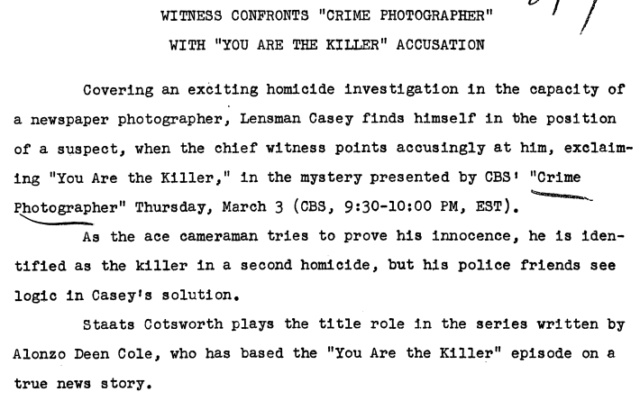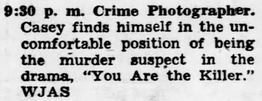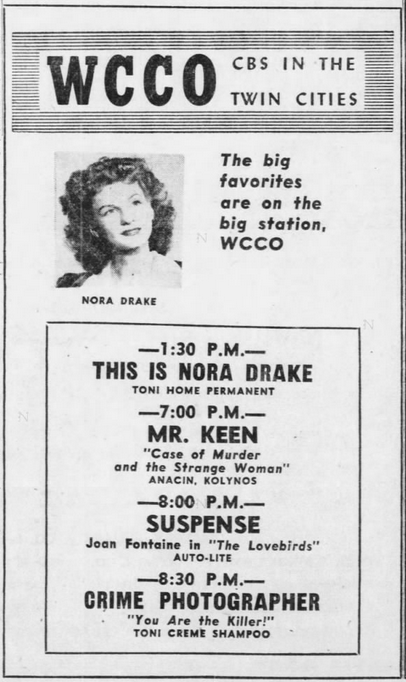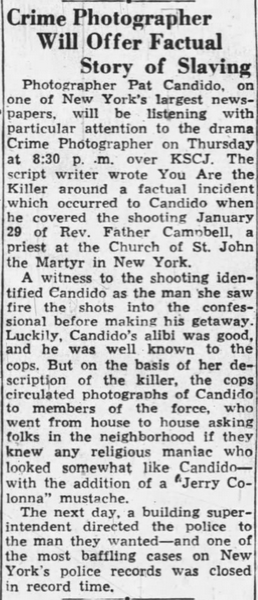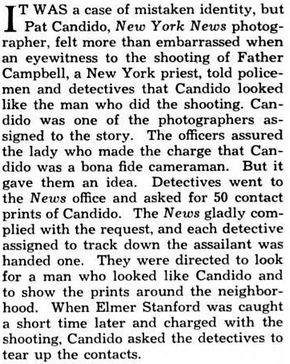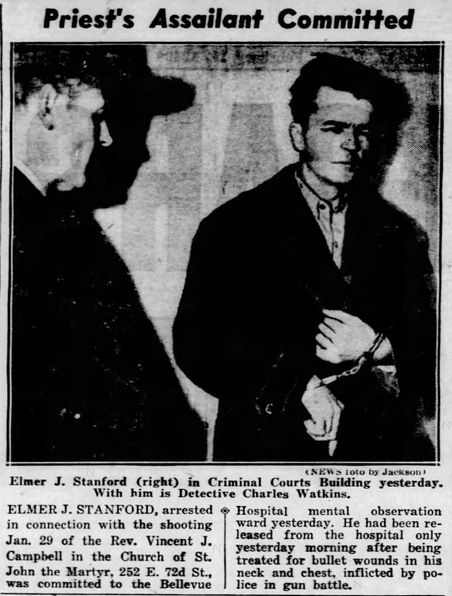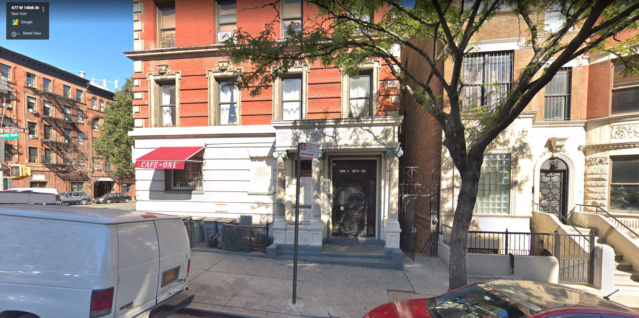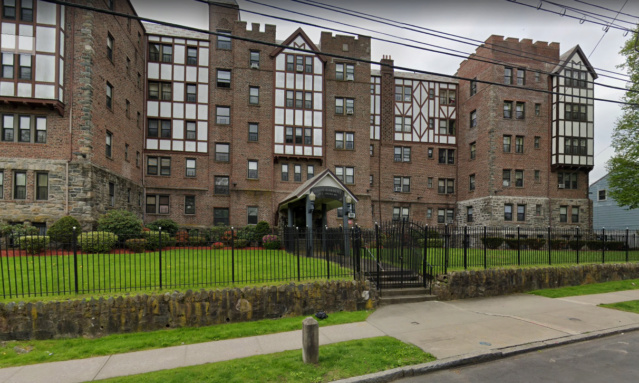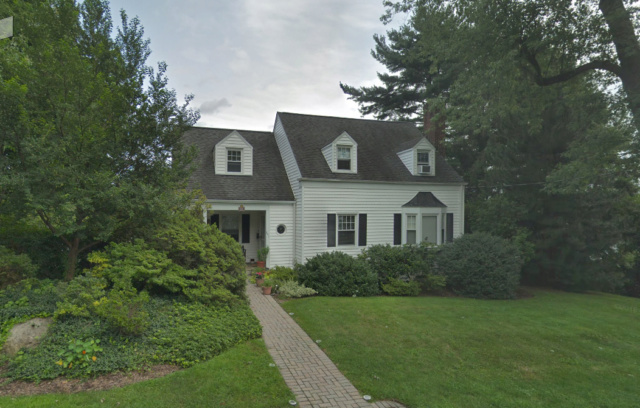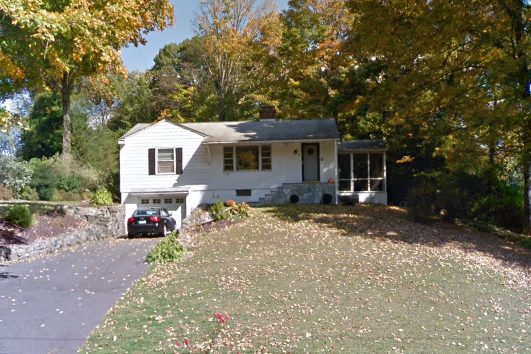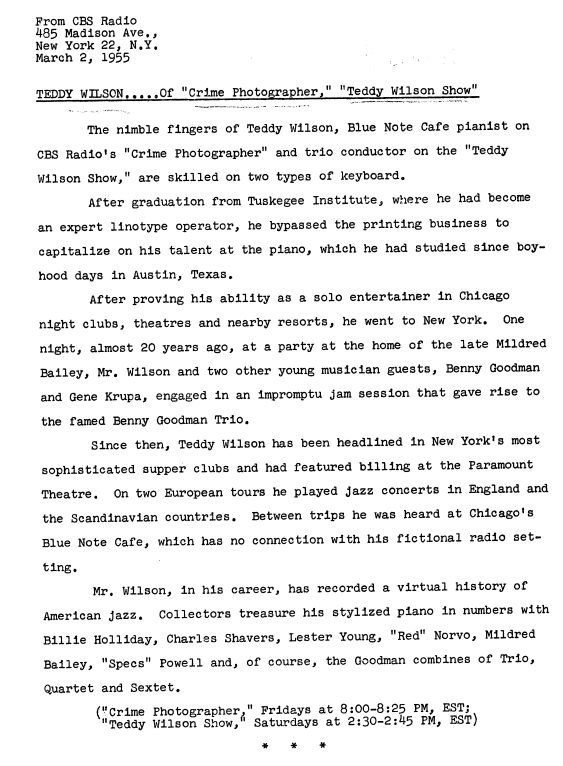What became of Alonzo Deen Cole after the revival series went off the air?
He was a pioneer radio performer and writer, with one of radio's biggest successes of the 1930s,
Witch's Tale. When that series ended, he worked mainly as a scriptwriter, and picked up the
Casey
gig after the series had a very rocky start and righted its course. His
fixes worked, and the series became very popular. Once it had its first
sponsor after three years of sustaining broadcasts, the series became
one of radio's top programs.
The 1940 Census shows Cole as
earning $5000 annually, about $95,000 in 2020 US dollars, which is
modest income, but very good for the Depression era at a time when the
average industrial worker earned $1350. When
Casey was in its
heyday, Cole was making $25,000 a year ($250,000 in today's dollars).
Once the show ended, he never attained similar success.
These are the places he lived over the years with current pictures. Cole always lived modestly in terms of his housing.
1930: This is an apartment building in 477 W 140th & Amsterdam Ave in New York City. This was prior to
Witch's Tale. He lived with his in-laws.
1940:
The Coles, and his widowed mother-in-law, lived in an apartment
building in Mt Vernon, NY just north of Bronx and Manhattan. It was an
easy train ride into Grand Central Station.
1949:
The Coles moved into their own house in Scarsdale, NY, in the Town of
Greenburgh. Scarsdale was an upscale mailing address, and still is
today, though the home is modest in size. It was a popular area among
executives and office workers for its train service into Manhattan. This
is the home where he had his gun incident.
In 1955, Cole divorced his wife Marie, with whom he acted in
Witch's Tale.
He remarried and moved to Connecticut. This is further away from New
York City. It is odd to think about it now, but Connecticut was
considered to be a tax haven at the time for high earners who commuted
to New York City. Since he was working at home, he did not have to go to
the city often.
After the revival of
Casey went off the air, Cole had difficulty getting work. He had many proposals for television series that did not work out.
In 1958, a syndicated television series of
Witch's Tale was proposed, and never entered production. In the same year, Cole and his second wife, have a daughter, Cole's only clild.
Cole's
lack of progress in the new landscape of television and other
opportunities must have weighed on him greatly. In 1960, he has a failed
suicide attempt. He is found in time, and returns home after his
hospital recovery.
1960-09-30 Bridgeport CT Post
This is where Cole tried to commit suicide. It's about a 10 mile drive from the Newtown home. (
full map)
1961 A pilot "The Devil's Hands" was produced for a proposed UK
Witch's Tales television series. The series did not materialize.
In
the early 1960s, Cole moved to the Glendale suburb of Los Angeles, in
hopes of having better access to television and movie writing
opportunities. He submitted scripts for
The Munsters and other programs, with no success.
Cole dies in 1971, at home, of a heart attack. He was 74 years old. His grave is in Glendale at
Grand View Memorial Park https://www.findagrave.com/memorial/47485069/alonzo-deen-cole
Even
after death, he could not find a market for his work. In 1974, Viacom
bought the rights to produce television programs based
Witch's Tale scripts, but never acted on them. In 1981, the rights were on the market again, with no takers.
In
Siegel & Cox, pp. 27-28, a letter to Dave Siegel by Cole's daughter
recollects her years with him. She was born well after her father's
successes, and only knew his post-radio struggles.

